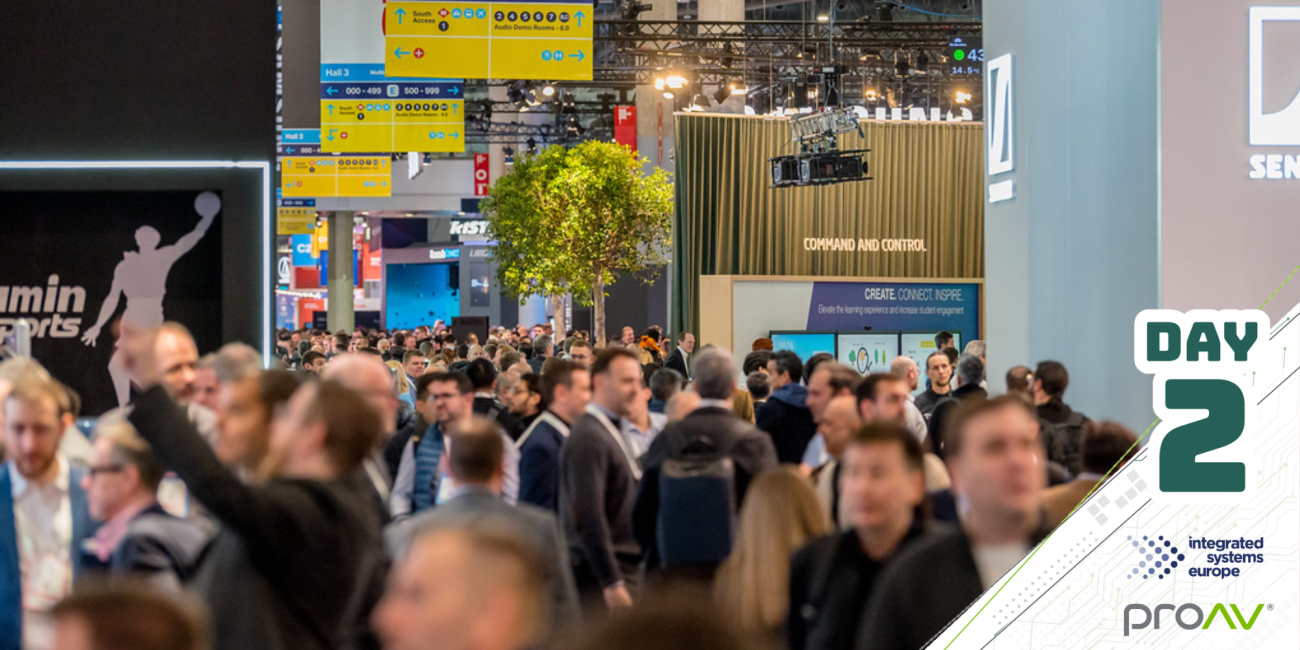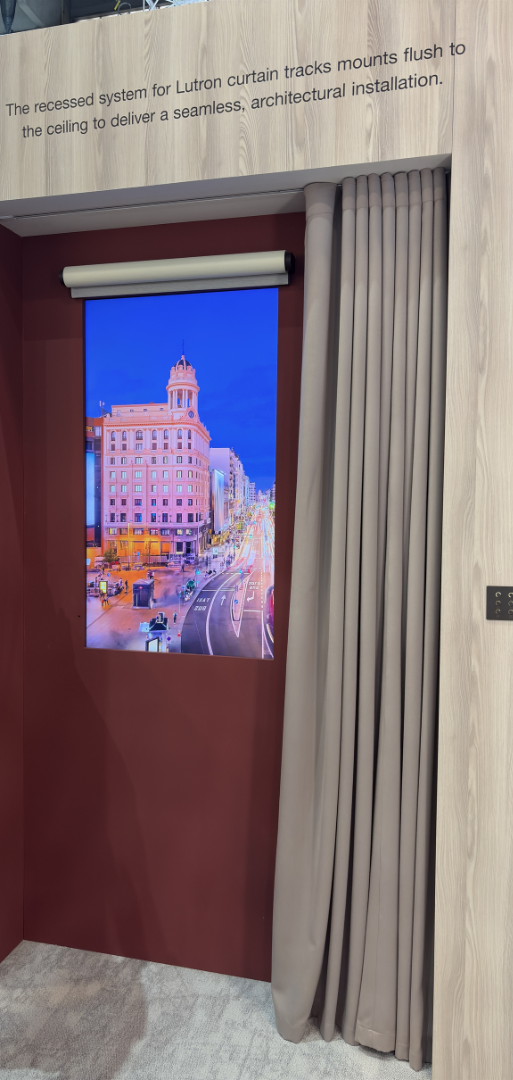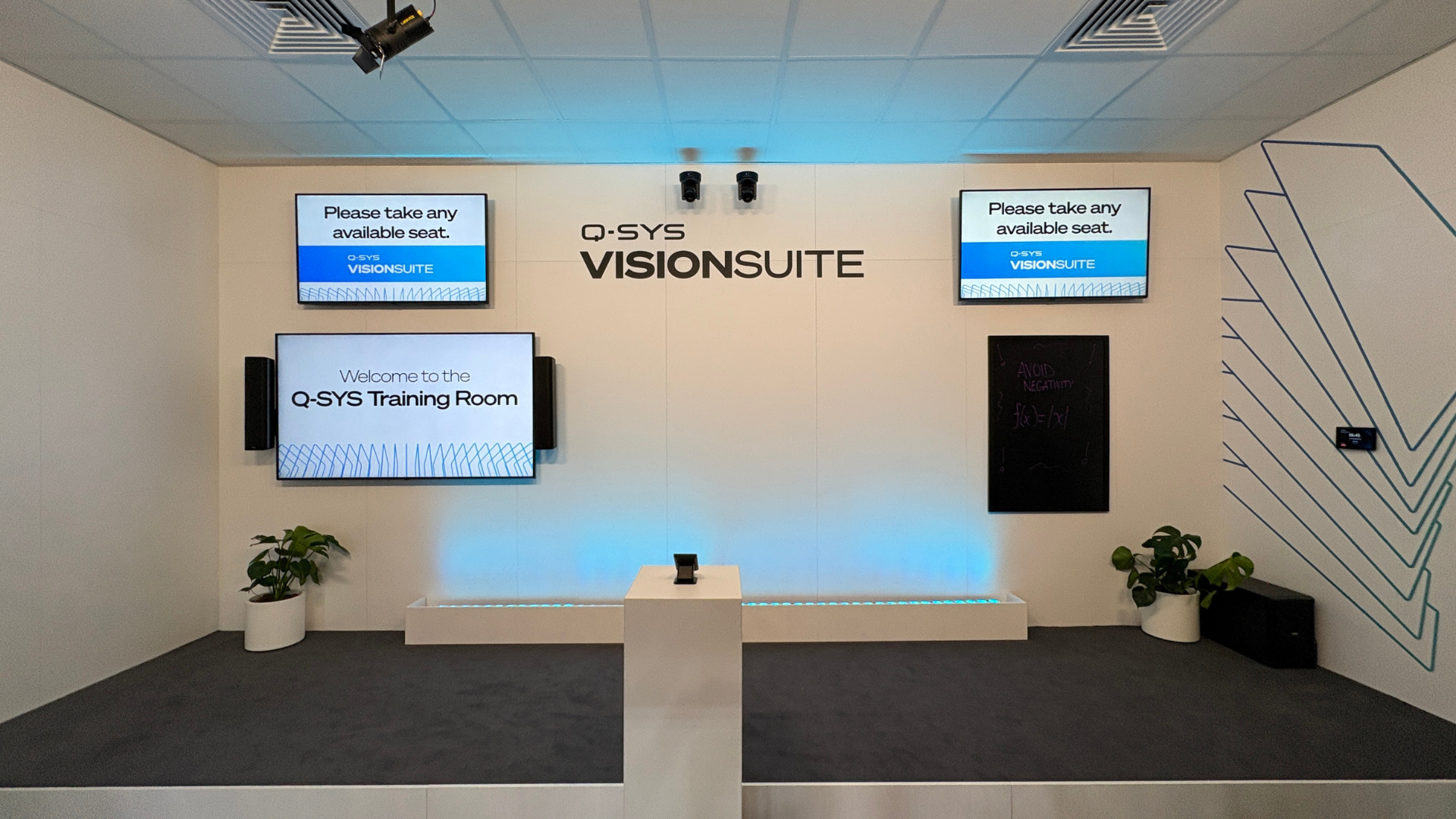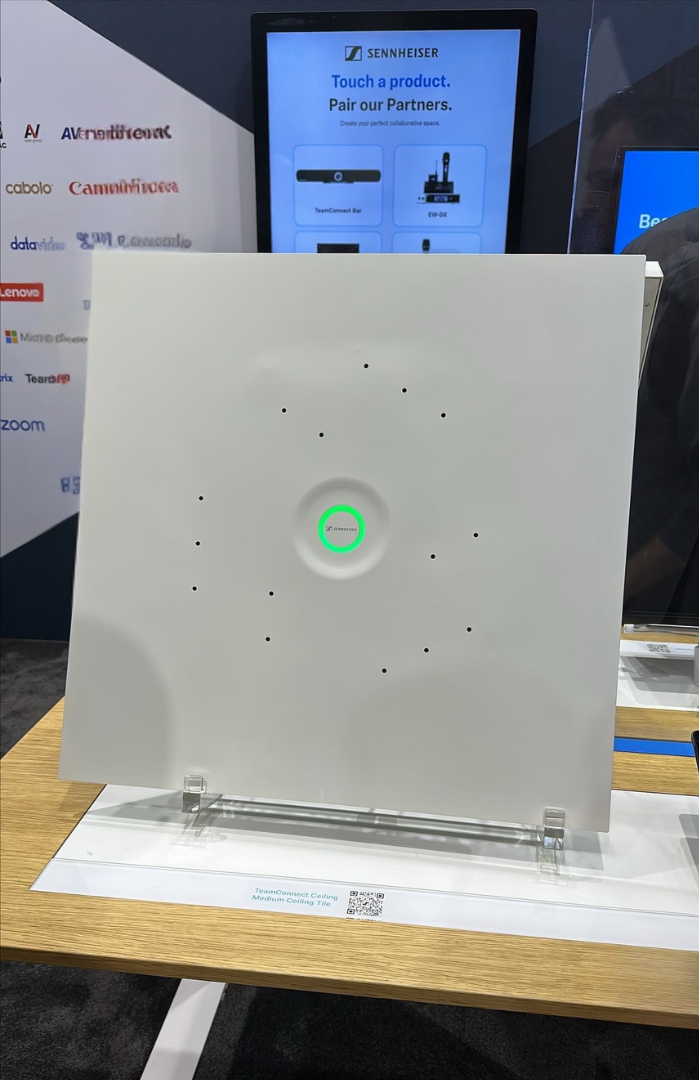
Day 2 Overview at ISE 2025

The demand for smarter, more adaptable AV solutions is growing. AI, automation, and intelligent displays are shaping the future of how we connect and collaborate.
As we explore the latest innovations, it became clear that organisations are prioritising automation, data-driven insights, and seamless integration to create more adaptable and engaging AV experiences. Whether it’s next-generation displays, AI-powered tracking, or room automation, these technologies are set to transform corporate, education, and live event spaces. Here’s what stood out on Day 2 at ISE 2025.
Samsung’s Take on the Future of Displays
ISE 2025 is already showcasing how AI, automation, and energy-efficient solutions are shaping the future of AV. Seeing how brands are focusing on smart environments, real-time data, and more sustainable technologies raises interesting possibilities for how workplaces, retail, and public spaces will adapt.
Samsung presented a range of innovations, including The Wall, a large-format Micro LED display designed for boardrooms, conference spaces, and high-traffic areas. Its scale and clarity reinforced its role in high-impact digital environments, showing how display technology continues to evolve.
Another standout was Samsung Colour E-Paper, an energy-efficient alternative to traditional digital signage. With near-zero power consumption, remote content updates, and scheduling options, it provides a sustainable solution for retail, public spaces, and corporate environments. The ability to manage displays via a dedicated mobile app makes it even more practical for businesses looking to streamline operations.
The use cases of these technologies are endless, and one particular one we loved seeing was SmartThings Pro. With the rise of intelligent building software, organisations are increasingly looking for data-driven insights to optimise their spaces. As businesses push towards ESG goals, having a centralised platform to monitor energy consumption, automate settings, and gain a better overview of space usage is becoming more important than ever.
With more businesses looking for scalable, sustainable, and intelligent solutions, it will be exciting to see how these technologies are adopted across industries. As ISE continues, we’re looking forward to discovering more about how AI-driven automation, energy efficiency, and smart technology will evolve in the AV space.
Q-SYS: Smarter Presentations and Live Events
Technology is changing the way presentations and live events are delivered, making them more dynamic and engaging. Q-SYS Vision Suite uses AI-powered room automation to ensure speakers are always seen and heard clearly, creating a more natural experience for remote and in-room attendees.
Rather than relying on static wide shots, Vision Suite tracks who is speaking, automatically adjusting camera angles to keep the focus on the conversation. Using microphone data, it switches between speakers while filtering out distractions like background movement or noise. This has clear applications for large meeting spaces and live events, where multiple speakers need to be captured without manual adjustments. It keeps the presenter in focus, allows for smooth transitions between speakers, and ensures a more seamless experience for both audiences and recordings.
As part of our interactive tour, we explored different rooms to see how the Q-SYS system works in real-world scenarios. From AI-powered presenter tracking to the Q-SYS NC Series, we got a deeper look at how these technologies integrate to create flexible and immersive workspaces. We also saw interactive signage and adaptable meeting spaces, making it clear how Q-SYS is shaping the future of collaboration and event technology.
With automation making meetings and events more immersive, it will be interesting to see how AI-driven tracking continues to refine live and hybrid presentations.
Sennheiser’s Approach to Seamless Audio
Sennheiser introduced the TeamConnect Ceiling Medium, a new variant in the TeamConnect Ceiling Series, designed for mid-sized spaces, collaboration rooms, and classrooms. With Microsoft Teams certification, it integrates effortlessly into modern work and learning environments, ensuring high-quality audio without the need for manual adjustments.
One of the most interesting aspects was how discreet and effortless the system is. Mounted in the ceiling tile grid, it blends into the space, eliminating the need for cables, desk microphones, or setup support. Whether in a huddle room, conference space, or open collaboration area, the TruVoicelift technology ensures that voices are heard across up to 60m², making communication seamless.
Its beamforming microphone technology automatically tracks and follows speakers, keeping audio focused without requiring interaction. This makes it ideal for flexible spaces, where room layouts change frequently. Whether the space is used for meetings one day and a presentation the next, the audio adapts without the need to reposition microphones or manage cables. With hands-free operation, intelligent tracking, and seamless integration, the TeamConnect Ceiling Medium is a practical solution for adaptable meeting and learning spaces. The move towards automated AV is transforming audio, and ceiling-based solutions could be a game-changer in how sound is managed.
 Lutron: Smart Lighting and Automated Spaces
Lutron: Smart Lighting and Automated Spaces
Lutron’s demo room showcased LED strips, motorised blinds, and smart lighting controls, highlighting how automation and design work together. The setup was refined, demonstrating how professional lighting design can transform a space.
The Vierti wall controls stood out with their sleek, modern aesthetic, reinforcing how lighting and shading automation can enhance both residential and commercial environments. With a focus on comfort and efficiency, these systems integrate effortlessly into homes, offering a discreet yet powerful way to manage lighting and shading without the need for manual adjustments. The ability to wirelessly control lighting, blinds, and curtains makes these solutions feel futuristic yet highly functional.
As automation continues to shape modern living and working spaces, smart lighting and shading are becoming an essential part of both residential and commercial design.
As ISE 2025 continues, it’s clear that automation, AI, and intelligent AV solutions are reshaping the industry. From smarter meeting spaces to adaptive audio and lighting, the focus is on creating more connected, efficient, and user-friendly environments. With AV evolving rapidly, it will be exciting to see how these technologies are implemented and refined.
As we move into Day 3 at ISE 2025, we look forward to discovering even more about the future of AV and how these advancements will continue to shape the industry.
Share
 - Final.png)

